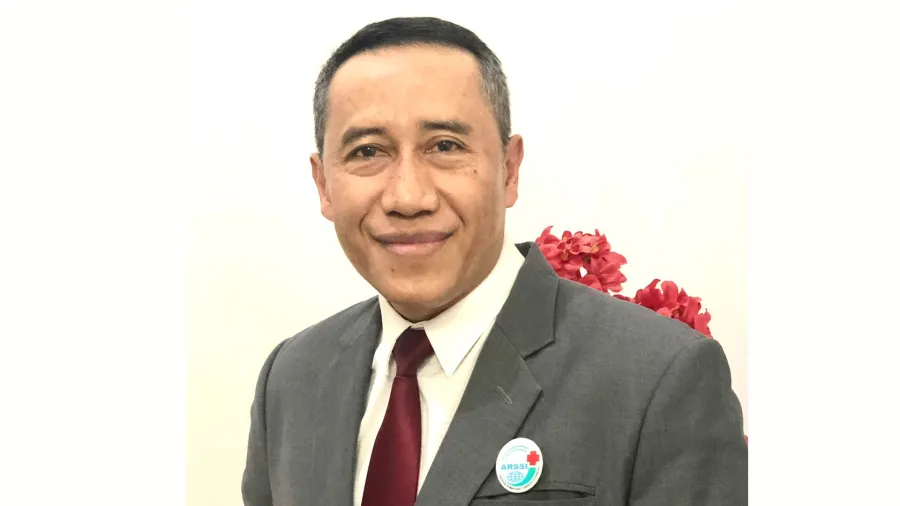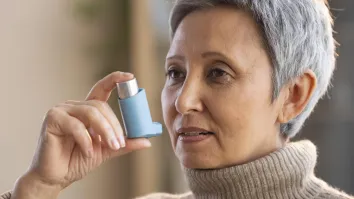
Indonesia's journey towards electronic medical records
Only 13% of hospitals have optimally implemented electronic medical records in the country.
There is an evident struggle amongst hospitals in Indonesia to digitise medical records and digitalise processes. Therefore, the Health Ministry released a new regulation that gives healthcare facilities until the last day of 2023 to transition to an electronic patient medical history recording system.
The Regulation of the Minister of Health Number 24 of 2022 was released in August. This supports the implementation of the sixth pillar of Health Transformation which is the health technology transformation. The other five pillars include primary service, hospital referral services, health resilience system, health financing system, and health human resources.
“This is done to provide convenience because the public can obtain traceable diagnosis results, and data information from electronic medical records can facilitate policy-making and public access to health services," said Chief Digital Transformation Office of Health Ministry, Setiaji in a press conference.
The regulation requires electronic medical records and processes starting from patient registration, distribution of patient medical records that can be carried out between internal units of healthcare facilities, recording of patient clinical data by medical personnel, coding and reporting of medical records in internal healthcare facilities, as well as the transfer of medical record contents in order referral to other healthcare facilities.
The process of filling out and distributing medical records will be based on the patient's consent, and this medical record data is regulated by the Health Ministry for its storage and security standards.
Later, patients can access their electronic medical records through PeduliLindungi, an application that is commonly used by Indonesians during the COVID-19 pandemic to access certificates and information about vaccines and to check in at public places. Healthcare facilities must be connected to an integrated platform that combines various applications from various health industry players that have been provided by the government, namely SATUSEHAT.
Hospital concern
The Indonesian Private Hospitals Association (ARSSI) supports the implementation of electronic medical records in hospital services.
“The unique geographical condition of Indonesia as an archipelagic country requires good and equitable quality health services. In addition, the online health service system can reduce bottlenecks that still exist in hospitals today, such as the problem of long queues because patients are queuing back and forth,” said Secretary General of ARSSI, Ichsan Hanafi to Healthcare Asia Magazine.
However, Hanafi highlighted the obligation to organise medical records by different hospitals' capabilities. "There are more than 3,000 hospitals in Indonesia, of which 65% are private hospitals with varying hardware, human resources, and financial conditions so that they have different adaptability," he said.
Hanafi noted that only a few private hospital groups are listed on the stock exchange and have strong financial health, whilst the majority of private hospitals are sole owners. He suggested that the Health Ministry make a module.
The results of a quick survey by the Indonesian Hospital Association (PERSI) in March 2022 regarding electronic medical records and hospital digitisation, with 646 hospitals as respondents, showed that only 13% of respondents had implemented electronic medical records optimally. It also shows 32% of respondents stated that they will only implement electronic medical records and as many as 17% have no plans to implement electronic medical records.
In this quick survey, the questions asked to respondents include what kind of Hospital Information Management System module is used, what types of electronic data are available in the electronic medical record application, how hospitals develop digital transformation, where hospitals put the location for electronic data storage and hospitals’ outlook about digitalisation maturity.
"If you look at the results [of the survey] this needs attention because the situation is not the same [amongst hospitals," said PERSI's Head of Data and Information Compartment, Anis Fuad at a press conference.
Digital Maturity Index
To overcome the various hospital conditions in the implementation of electronic medical records, the Health Ministry will map all health facilities with the Digital Maturity Index.
“From the index, it will be known which health facilities are ready or not. There will be a level, and then from there we will use it to implement this policy," said Setiaji.
The Digital Maturity Index is an instrument for measuring hospital digitisation. The assessment through this index includes hospital governance, organisation, and human resources such as how the hospital's IT strategic plan is, how many human resources will focus on networking or become programmers, and how much the hospital has budgeted for IT.
Another assessment is a matter of information system architecture about how the front office and back office are as well as the application of electronic medical records. Hospital data and interoperability standards such as variable and metadata standards and data coding standards are included in this index. Likewise, the capabilities of IT system infrastructures, such as data centres and internet connections as well as reporting and analysing hospital data, for example, how to use dashboards and analytics in the hospital.
Setiaji explained, the Health Ministry will cooperate with the Communication and Information Technology Ministry in ensuring that the use of electronic medical records is not problematic in terms of the internet. "There are healthcare facilities which are located in remote and marginal areas where it is difficult to get an internet signal, for that we can not directly implement data synchronisation but can be done gradually, for example, synchronisation is done once a day," he said.
The Health Ministry is also working with the National Cyber and Encryption Agency (BSSN) to strengthen the security of medical record data. Setiaji said the Health Ministry has prepared guidelines on how to secure data and prepare electronic medical records with security that meets government standards. “We will also intensively conduct socialisation for the application of this electronic medical record. Because this is a cultural change. Socialisation will also guide medical personnel to understand more about IT, because they will be the ones to input patient data. It is hoped that this can be accelerated where by the end of 2023 everything has been connected and digitised," he said.
In the Health Digital Transformation Roadmap launched by the government, 2022 is the year to develop architectural designs—one of them is an integrated health service system platform, which was built in the previous year. In 2023, implementation will begin and in 2024 it will be an expansion of the coverage of an integrated health facility information system.

















 Advertise
Advertise






